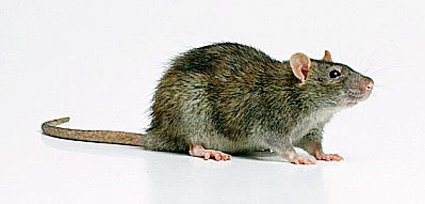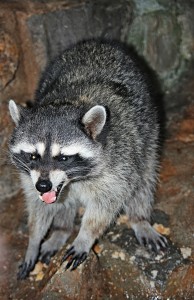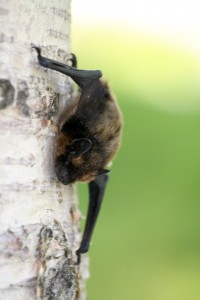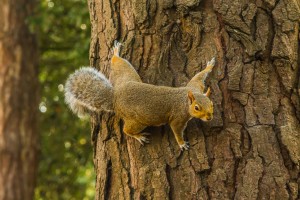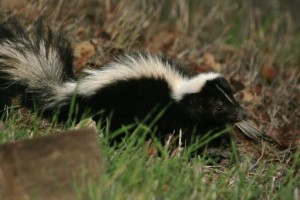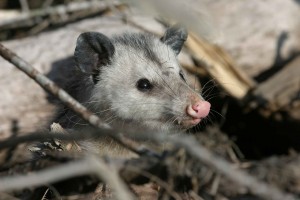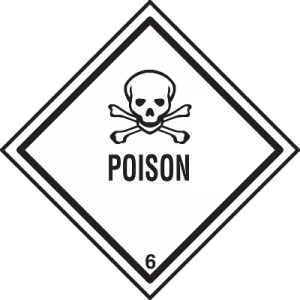 In this post, we will list the reasons why we would never recommend you use rat poison in your home and how it can create even bigger problems.
In this post, we will list the reasons why we would never recommend you use rat poison in your home and how it can create even bigger problems.
So you have some rats or mice in the house?
Obviously, you want to get rid of them, and as soon as possible.
Although you could call a professional rat removal service, a cheap and easy solution that will occur to many people would be using rat poison or rodent poison. It’s not hard to find in a store, it’s not especially expensive and it can sometimes be effective.
But we would never recommend you use rat poison. It’s a bad idea for several reasons, from safety to the unintended consequences that can result.
Reasons not to use rat poison
Dangers to children
The biggest reason not to use rat poison is potential dangers to children. An accidental ingestion of rat poison by a crawling child or curious toddler could be life threatening.
According to poison control centers, over half of their poison emergency phone calls are for children under five. Over 90% of child poisoning incidents occur in that child’s own home. No matter what precautions you take, it is safer to keep all poisons out of your home.
The American Association of Poison Control Centers advises that if you think someone has been poisoned, call 1-800-222-1222 right away. Serious poisonings don’t always have early signs. The call is free, private, 24/7/365, and expert help is available in more than 150 languages.
Related: Reducing the risks of rats and mice in your home
Dangers to pets
Rat poisons are powerful and they don’t discriminate. If you don’t have children to worry about, you will still be putting your pets at risk. Dogs and cats can both be poisoned by accidentally coming in contact with rat poison.
Dogs are well known to eat almost anything and those little poison pellets just look like food to them. Pets also come in contact with dead poisoned rodents and may be exposed that way.
Related: Identification of Rabies and How to Protect Yourself and Your Pets
Dangers to wildlife
Rat poison kills many wild animals each year beyond just their intended rodent victims.
The most common unintended victims of rat poison are other mammals and birds such as bobcats, coyotes, foxes, hawks and owls. They can become poisoned either by directly feeding on poisons, or indirectly by feeding on rats and mice who have already ingested them.
Many of these animals are protected or even endangered species. You could be unintentionally killing wild animals and hurting our animal ecosystems.
Related: Do I Need a Permit to Remove a Nuisance Animal in Illinois?
Rats and mice can die in your walls
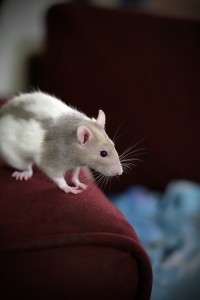 Another great reason not to use rat or mice poison is that these poisoned animals will now be at risk for dying in your home.
Another great reason not to use rat or mice poison is that these poisoned animals will now be at risk for dying in your home.
A poisoned and sick animal may look for a safe spot to recover and then end up dying in your walls. We don’t know if you’ve ever smelled a dead rodent, but if you have, you’ll remember it. It’s terrible.
Imagine that dead rodent rotting away in your walls for weeks, leaving an almost unbearable smell floating through your entire home.
Besides the smell, that carcass may end up being the perfect habitat for flys. Imagine having a fly nursery in the walls of your home with hundreds or even thousands of flys in your home and no way for you to stop them all. It’s a horror story you don’t want to have in your home.
When it’s time to remove that dead animal from the wall and you realize there may be no other way to get to it other than cutting a hole in your wall, you’ll realize that maybe you should have used another method to get rid of rats.
Want to have a professional safely remove those rats or mice for you?
Contact Attic Solutions online or call (847) 464-1861





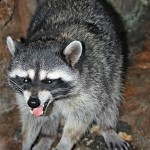 If you are hearing animal sounds in your attic at night, it is most commonly a raccoon because they are nocturnal animals and thus most active at night.
If you are hearing animal sounds in your attic at night, it is most commonly a raccoon because they are nocturnal animals and thus most active at night.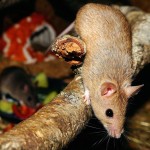 Being the smallest animal, mice will be much harder to hear. The saying “quiet as a mouse” exists for a reason. But it is possible you may hear them moving around at night. It might sound like a light scratching or chewing sound.
Being the smallest animal, mice will be much harder to hear. The saying “quiet as a mouse” exists for a reason. But it is possible you may hear them moving around at night. It might sound like a light scratching or chewing sound.
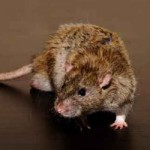 These small mammals may all be removed with no permit needed.
These small mammals may all be removed with no permit needed.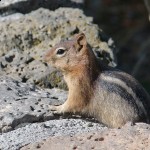 The eastern chipmunk and the thirteen-lined ground squirrels may be removed without a permit.
The eastern chipmunk and the thirteen-lined ground squirrels may be removed without a permit.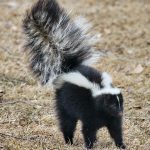
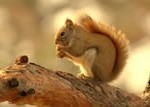 The Illinois Department of Natural Resources (IDNR) recommends hiring a professional wildlife removal service to capture and remove squirrels. If you want to remove a squirrel yourself, contact an IDNR District Wildlife Biologist to see if you qualify for a Nuisance Animal Removal Permit.
The Illinois Department of Natural Resources (IDNR) recommends hiring a professional wildlife removal service to capture and remove squirrels. If you want to remove a squirrel yourself, contact an IDNR District Wildlife Biologist to see if you qualify for a Nuisance Animal Removal Permit.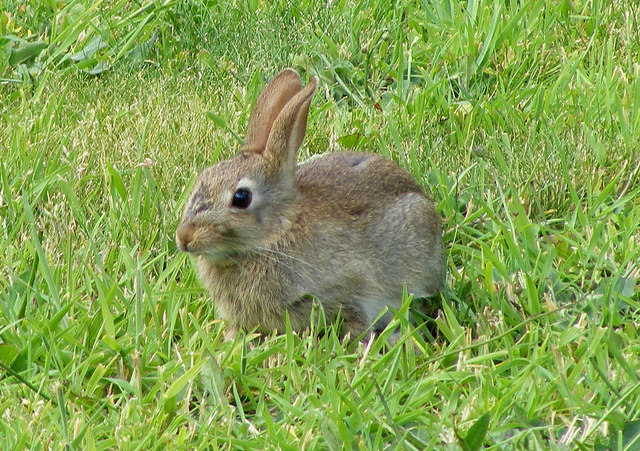 The Illinois Department of Natural Resources (IDNR) recommends hiring a professional wildlife removal service to capture and remove rabbits. If you want to remove a rabbit yourself, contact an IDNR District Wildlife Biologist to see if you qualify for a Nuisance Animal Removal Permit.
The Illinois Department of Natural Resources (IDNR) recommends hiring a professional wildlife removal service to capture and remove rabbits. If you want to remove a rabbit yourself, contact an IDNR District Wildlife Biologist to see if you qualify for a Nuisance Animal Removal Permit.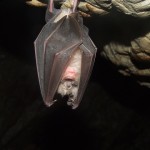 The (IDNR) recommends hiring a professional
The (IDNR) recommends hiring a professional  White-tailed deer are protected under the Illinois Wildlife Code as a game species. It is illegal to take live deer from the wild unless you have received a
White-tailed deer are protected under the Illinois Wildlife Code as a game species. It is illegal to take live deer from the wild unless you have received a 
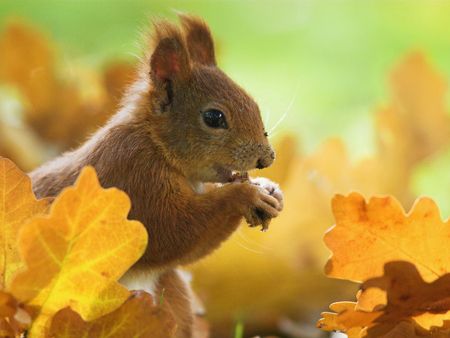

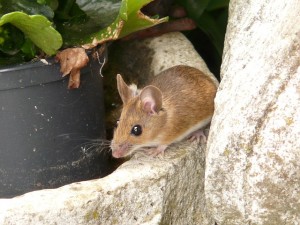 MICE:
MICE: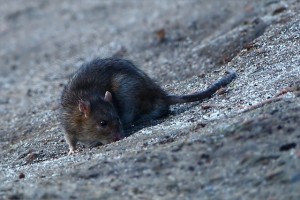 RATS:
RATS: